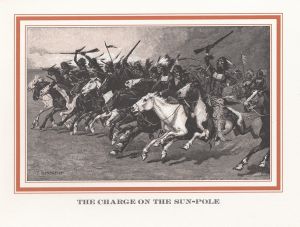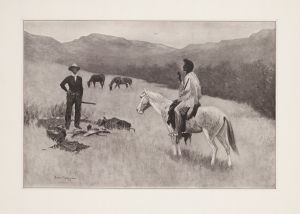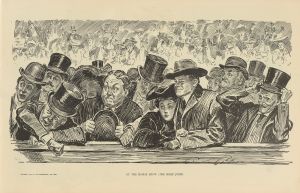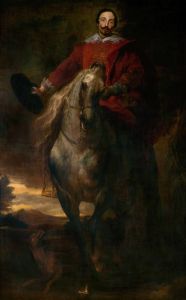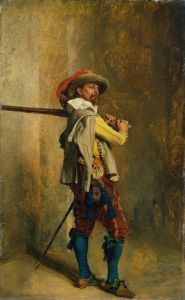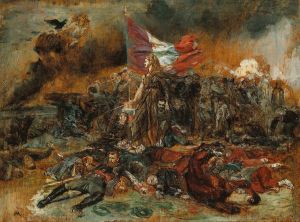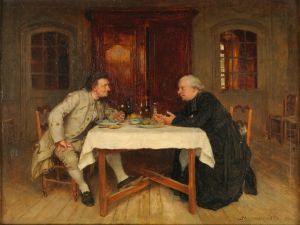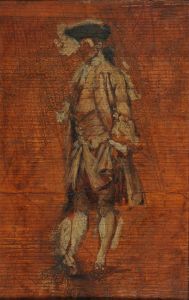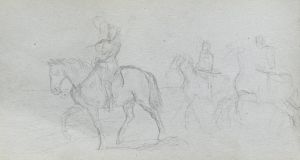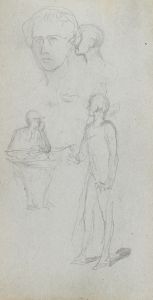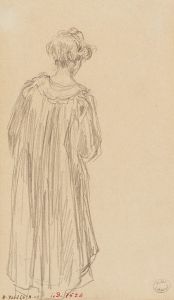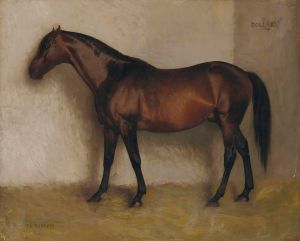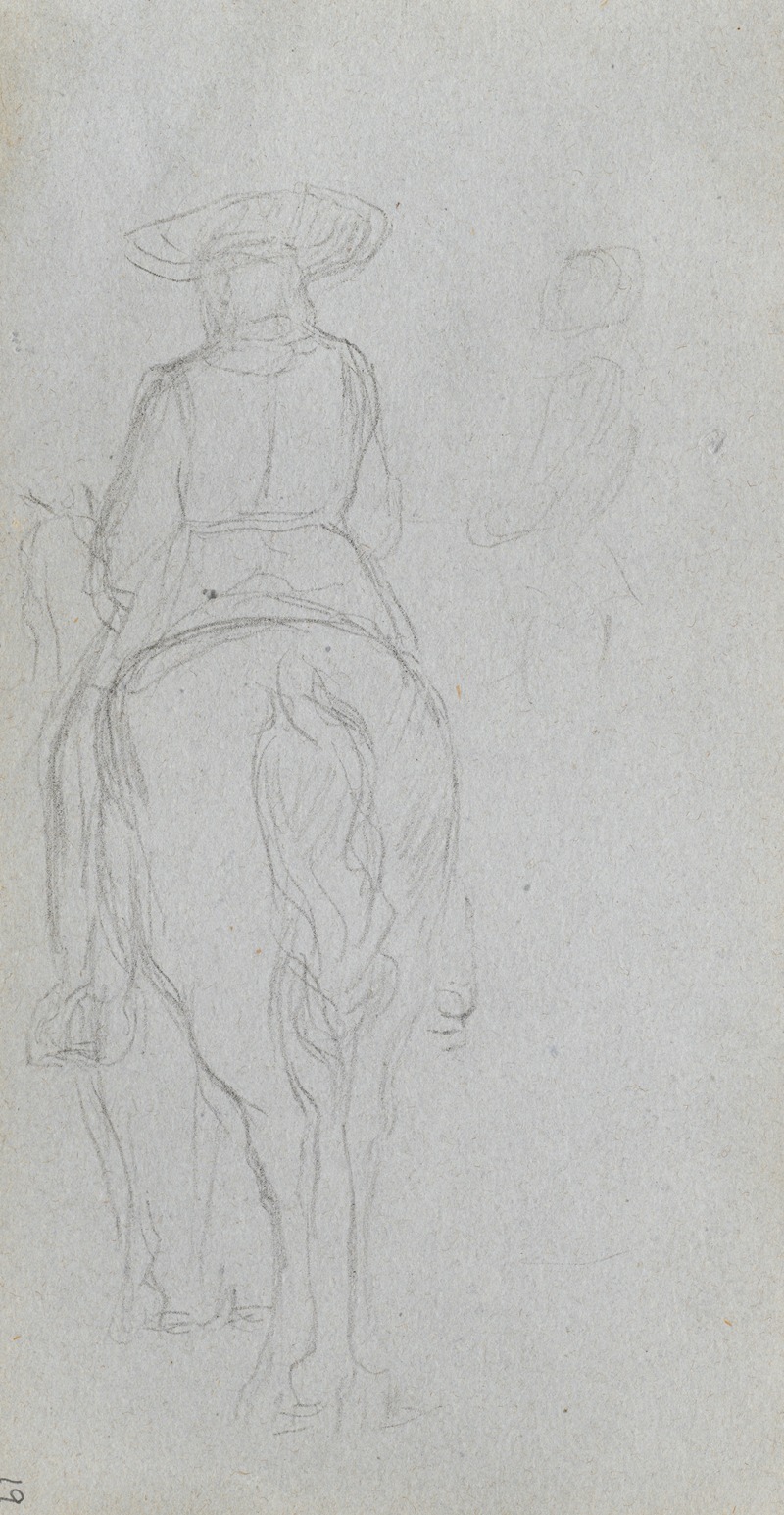
Study of a Figure on Horseback seen from behind
A hand-painted replica of Ernest Meissonier’s masterpiece Study of a Figure on Horseback seen from behind, meticulously crafted by professional artists to capture the true essence of the original. Each piece is created with museum-quality canvas and rare mineral pigments, carefully painted by experienced artists with delicate brushstrokes and rich, layered colors to perfectly recreate the texture of the original artwork. Unlike machine-printed reproductions, this hand-painted version brings the painting to life, infused with the artist’s emotions and skill in every stroke. Whether for personal collection or home decoration, it instantly elevates the artistic atmosphere of any space.
Jean-Louis-Ernest Meissonier (1815–1891) was a prominent French painter and sculptor, renowned for his meticulous attention to detail and his depictions of historical and military subjects. One of his works, "Study of a Figure on Horseback seen from behind," exemplifies his skill in capturing the nuances of equestrian subjects, a theme that recurs throughout his oeuvre.
Meissonier's fascination with horses and military themes was deeply rooted in the historical context of 19th-century France, a period marked by significant military campaigns and a strong cultural interest in the Napoleonic era. His works often reflect a romanticized view of military life, focusing on the precision and discipline of soldiers and their mounts. "Study of a Figure on Horseback seen from behind" is a testament to his dedication to realism and his ability to convey movement and anatomy with great accuracy.
The painting itself is a study, which suggests that it was likely part of Meissonier's preparatory work for a larger composition. Studies were commonly used by artists to experiment with composition, form, and perspective before committing to a final piece. In this particular study, Meissonier focuses on the rear view of a mounted figure, capturing the intricate details of the horse's musculature and the rider's posture. This perspective allows viewers to appreciate the dynamic relationship between the rider and the horse, highlighting the balance and control required in horsemanship.
Meissonier was known for his rigorous approach to research and preparation. He often used live models and conducted extensive studies to ensure the accuracy of his depictions. His studio was filled with costumes, weapons, and other historical artifacts that he used as references. This commitment to authenticity is evident in "Study of a Figure on Horseback seen from behind," where the attention to detail in the rendering of the horse's anatomy and the rider's attire reflects Meissonier's dedication to historical accuracy.
The artist's technique involved precise brushwork and a careful layering of paint to achieve a high level of detail and realism. Meissonier's palette was typically subdued, focusing on earthy tones that enhanced the naturalism of his subjects. This approach is apparent in the study, where the subtle gradations of color and light contribute to the three-dimensionality of the figure and horse.
Meissonier's work was highly regarded during his lifetime, earning him numerous accolades and commissions. He was a member of the Académie des Beaux-Arts and received the Grand Cross of the Legion of Honor, one of France's highest honors. His paintings were sought after by collectors and exhibited widely, cementing his reputation as one of the leading artists of his time.
"Study of a Figure on Horseback seen from behind" is a reflection of Meissonier's artistic philosophy and his commitment to capturing the essence of his subjects with precision and care. While it may not be as widely recognized as some of his larger, more famous works, it nonetheless offers insight into the meticulous process and artistic vision of one of the 19th century's most esteemed painters.





